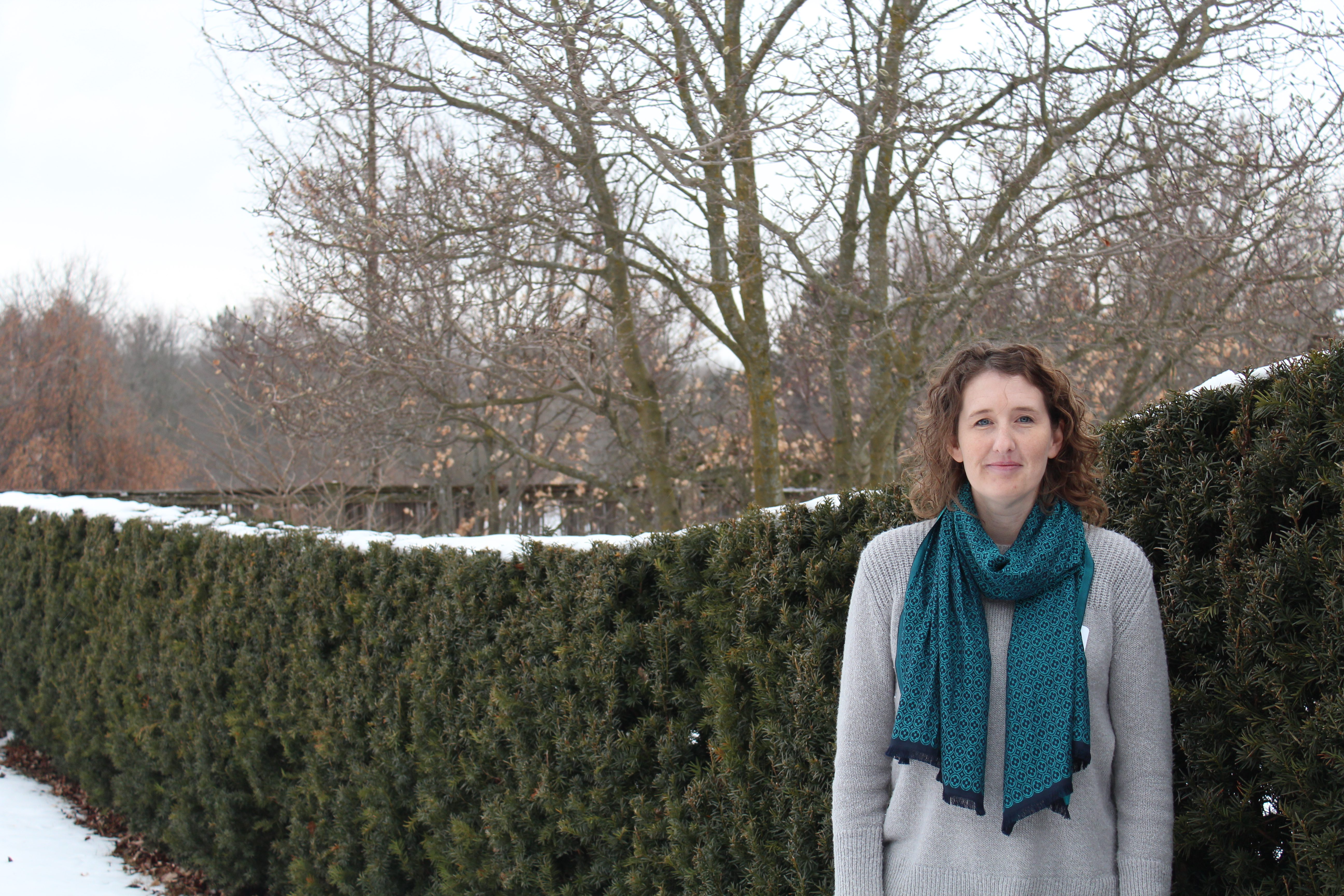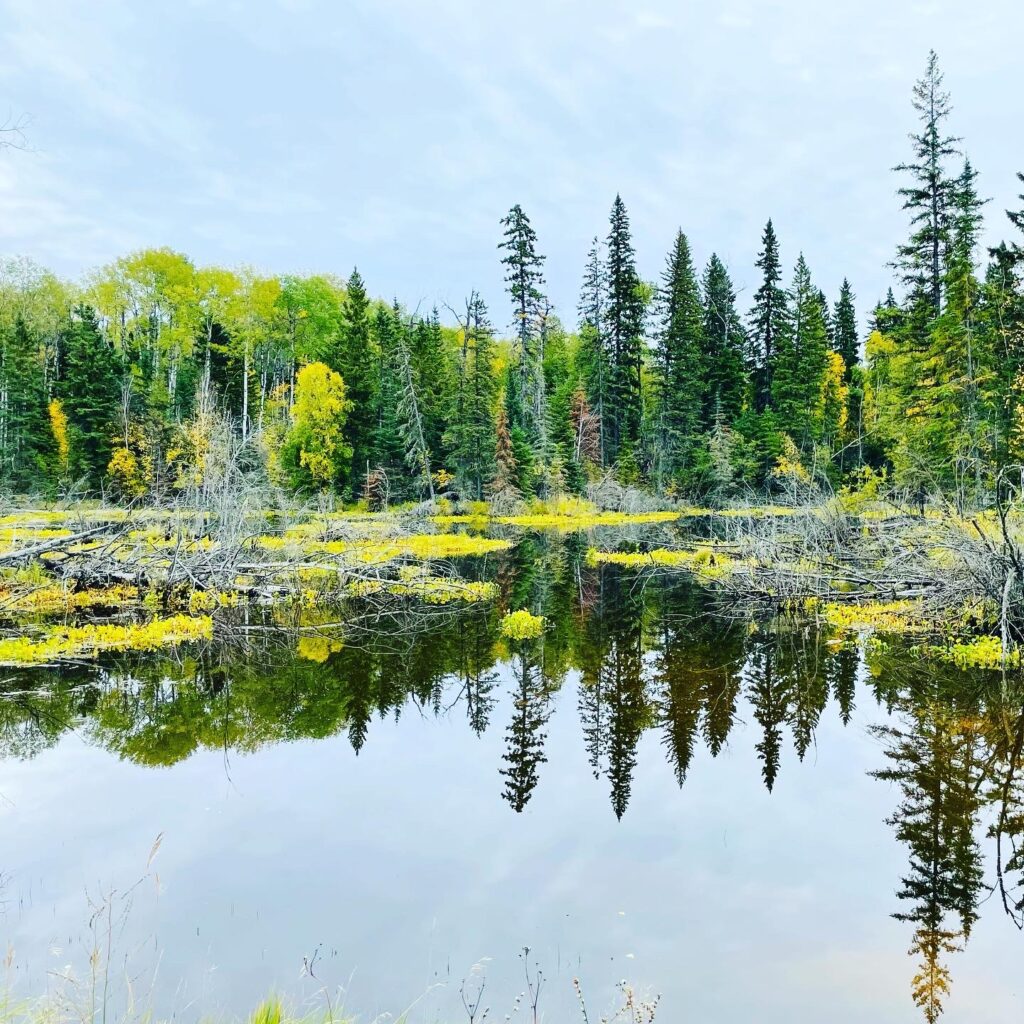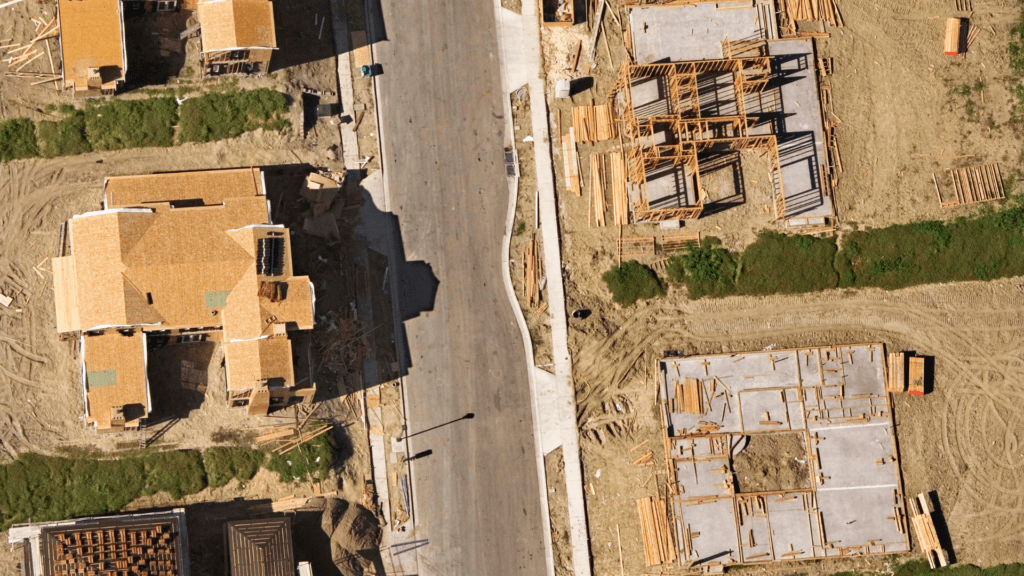This blog is part of our #ProtectOurWaters series that highlights residents who are fighting to expand the Greenbelt in their communities to protect vulnerable water supplies from urbanization and climate change. Please note that the content was updated from the original blog posted on February 27, 2018.
When sprawl development threatened to eat up her community and its prime farmland, Margaret Prophet decided to do something about it. She joined the Midhurst Ratepayers Association, and later co-founded the Simcoe County Greenbelt Coalition to mobilize support for Greenbelt expansion in the region. Margaret is a true community activist who works tirelessly to protect the beaches, farms, forests and wetlands that make Simcoe County a special place to call home.

Q: How did you get involved in Greenbelt action?
A: When Simcoe County was excluded from the Greenbelt in 2005, large developments leapfrogged to our region as we inherently had weaker environmental protections than Greenbelt-protected municipalities. This was unacceptable. To protect the unique natural heritage of our region, Sandy Agnew and I formed a coalition to mobilize support for Greenbelt expansion in Simcoe County.
Our region has some of the world’s most significant wetlands, and numerous water features tied to the Lake Simcoe watershed, Georgian Bay and the Great Lakes. Simcoe County is so geographically vast that environmental protection here is governed by three watershed authorities, including the Nottawasaga Valley and Lake Simcoe Region Conservation Authorities, and the Severn Sound Environmental Association.
Unfortunately, gaps remain in our local and provincial environmental policies. And, there is no better time than now to address these gaps as the province is considering Greenbelt expansion.
Q: Why does water need protection in your region?
A: In the past 40 years, urban sprawl in the Barrie area has eaten up farmland equivalent to 26,000 football fields. What is even more alarming is that Simcoe County has lost more green space to cookie-cutter home development than any other municipality in the Greater Golden Horseshoe since 2006, according to the Neptis Foundation.
The problem with paving over land to accommodate growth is that water recharge areas are unable to replenish, and our wells, farms and households are vulnerable to water shortage. This problem is compounded by the fact that Simcoe County is highly reliant on groundwater. Because our groundwater reserves are dispersed throughout the County, we need to protect the land to protect our water.
Conservation authority reports have also outlined concerns about climate change. Studies project that the future of our water resources is at risk, and municipal and private wells may dry up. These wells supply the water to our homes, and some communities in Simcoe County have already experienced water shortages. When there was a drought a few summers ago, Innisfil had to order water trucks to help those whose wells had run dry due to a lack of rain.
There some developers and municipal leaders in our region who do not acknowledge these issues. To them, I would say that the game has changed. Unchecked urban sprawl is no longer an option. We cannot afford to grow beyond our capacity to provide clean water resources.
Q: How are community members getting involved?
A: Simcoe County has a history of grassroots activism, and more and more community members are tuning into the education and awareness conversations we are having at farmers markets and events. Amidst fear and frustration, there is a broader sense of hope that we know better, and must do better.
Residents are experiencing more frequent water restrictions, increasing beach advisories, and the effects of urban sprawl as traffic congestion rises, and rows of townhomes occupy land that used to be vacant. This is prompting community engagement and we are hearing more conversations about urban sprawl, land use planning, aggregate resource extraction and community-building than ever before.
Q: What is your vision for this region?
A: As a mother of two, I recognize that our children will inherit what we leave behind. I was raised by a lake and have many great memories of water that I hope my children will experience as well.
Ultimately, this is bigger than just us. Water is the back bone of our communities and our economies. We must protect the abundant natural resources that make our region special; our shorelines, beaches, forests, trails, and food lands.
Too often we think about our backyard. By thinking beyond our backyard, and beyond watersheds to the entire region, we can work together to protect water for future generations.
Ontarians love the Greenbelt and its protection of our food and water sources for future generations. Tell Ontario to expand the Greenbelt to include more areas like Simcoe County.








